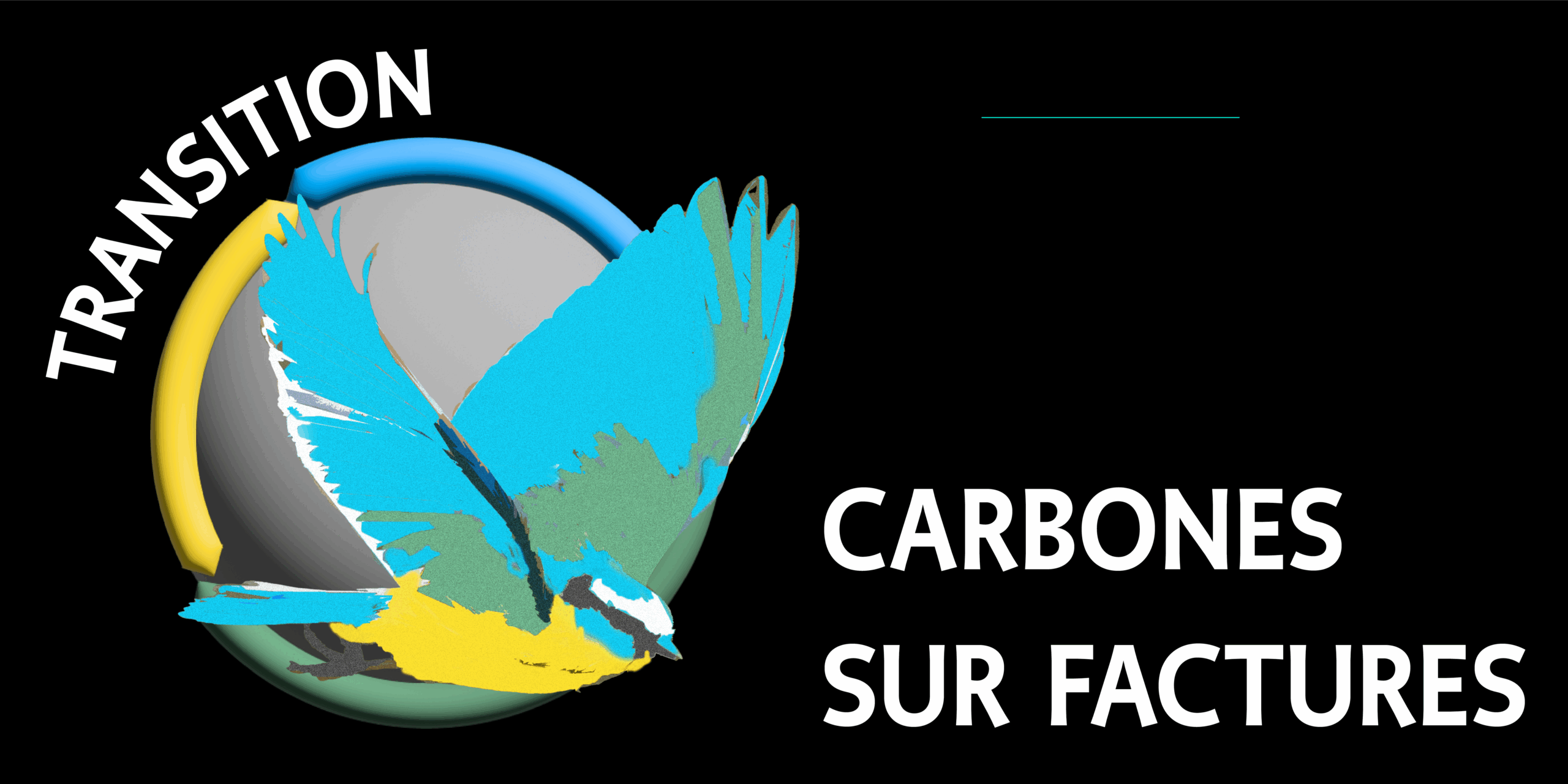Software
This page describes one of the worksites to develop Carbon on Invoices and to associate to each product or service its precise and sincere weight in greenhouse gases (or « carbon footprint »). The list of worksites is at the bottom of the page.
Page enriched by discussions between subscribers
Worksite objective : Specify the software requirements to ensure the success of the Carbon on invoice experiment (in connection with the search for precursor editors).
The Carbon on Invoices initiative has a strong digital component. A huge amount of information will be produced : the vintage upstream carbon footprint of each product at each stage of its production. Making this information, transporting it and using it is impossible without digital tools.
Invoices make it possible to circulate information on carbon footprints between companies throughout the production and consumption chain. Electronic invoicing is gradually being imposed on all French companies subject to VAT and all software managing invoices takes this development into account. The end of the project is January 1, 2024 for receiving electronic invoices from suppliers and January 1, 2026 for issuing them to customers, through private platforms or by using the public invoicing portal Chorus pro (article 26, law n°2022-1157 of August 16, 2022). A European initiative on electronic invoicing is expected soon. It should be noted that France is ahead in this area. Germany, for example, currently only requires electronic invoicing with public administrations.
A first step is to ensure that the registration structure for electronic invoicing in France and in Europe includes the location of the product’s carbon footprint. It seems impossible to launch such an ambitious French and European project without making provision for this. This precaution allows the necessary and sufficient information to circulate as soon as a company switches to electronic invoicing.
This approach provides a high degree of security in the deployment of carbon on invoices, by giving it its full infrastructure without additional expense or risk.
It solves the issue of invoicing software, which must all be adapted to electronic invoicing.
The production of footprints requires the adaptation of the accounting software of companies and accountants : it is they who will recover the footprints of supplier invoices and allocate them to customer invoices. This work must be carried out in parallel with the adaptation of accounting standards (see The accounting framework).
In particular, this implies : recording the supplier’s carbon footprint alongside the amount in euros (for purchases) ; the possibility of adding primary carbons for a primary producer (see Primary carbons) ; and a breakdown of carbons parallel to the breakdown of costs in the cost accounting modules.
It also implies a way for a company or city that does not yet have a carbon footprint to build up an approximate footprint through lumped averages applied to the different items in the operating account.
Software upgrades at the retail stage only occur once the carbon footprints are complete because all the carbons have been distributed to the retail stage (see Getting Started). In particular, they require doubling the records in euros with a record in carbon for each reference, for each display (labels in the shelves, on the products, on the checkouts), and for printing (sales receipts) (see The climate contribution of individuals).
If B2B payment software includes the carbon footprint in its records, this makes it extremely easy for the accountant of a small business to find the essential information he needs in the bank statements.
If payment software for private individuals also includes this additional information, this makes it easy to provide the individual with periodic statements of his or her electronic payments, showing the carbon data alongside the monetary elements. This gives each account holder a confidential view of the carbon footprint of his or her purchases and its evolution.
Start, Primary carbon, Electricity, Accounting framework, Customs scale, Carbon disclosure, Software, Contributions to the trajectory : Companies, Finance, Individuals, Territories
